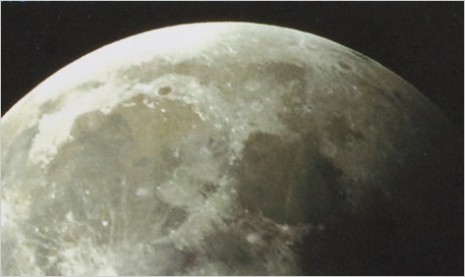
A. C. Grayling at the Barnes and Noble Review contributes an essay about Paul Murdin’s new book Secrets of the Universe: How We Discovered the Cosmos. Great capture of the spirit of pre-Enlightenment science and astronomy.
Jeremiah Horrocks and his friend William Crabtree were ecstatic when they observed the transit of Venus on 24 November 1639. Horrocks had predicted the date of the transit by carefully applying Kepler’s Rudolphine Tables of planetary motion, published twelve years before. The two amateur astronomers watched the black dot of Venus inch its way across the burning image of the sun projected onto a card in Crabtree’s attic. Horrocks described his friend as standing ‘rapt in contemplation’ for a long time, unable to move, ‘scarcely trusting his senses, through excess of joy.’ The emotion he and Crabtree felt is one well known to science: the exhilaration of securing empirical proof of theory.
The anecdote is recounted in the first chapter of Paul Murdin’s richly illustrated and even more richly fascinating history of astronomy, Secrets of the Universe: How We Discovered the Cosmos. Entitled ‘Discoveries before the telescope,’ the chapter describes the origins of astronomical observation in early mankind’s admiration for the stars and the heavenly ‘wanderers’ (the Greek name gives us our word ‘planets’) which then numbered seven—sun, moon, Mercury, Venus, Mars, Jupiter and Saturn. The earliest evidence for systematic astronomy is the 25,000 year old Ishango bone found at the source of the Nile, incised with markings corresponding to the phases of the moon. By the time of Babylon 22,000 years later, star charts were copiously detailed, recording the efforts of many centuries of sky-gazing and careful annotation. The Mesopotamian charts were detailed because they formed the basis of astrological divination, but when Thales and, half a millennium after him, Ptolemy used the information thus acquired, it was for purposes of nascently genuine science, not prophecy.